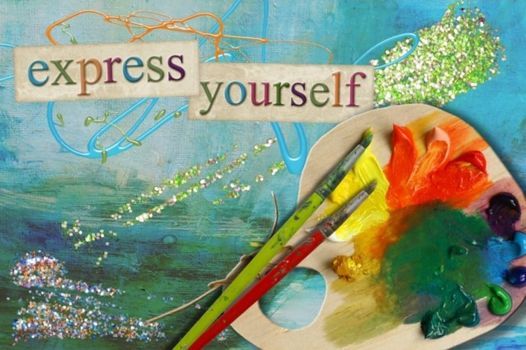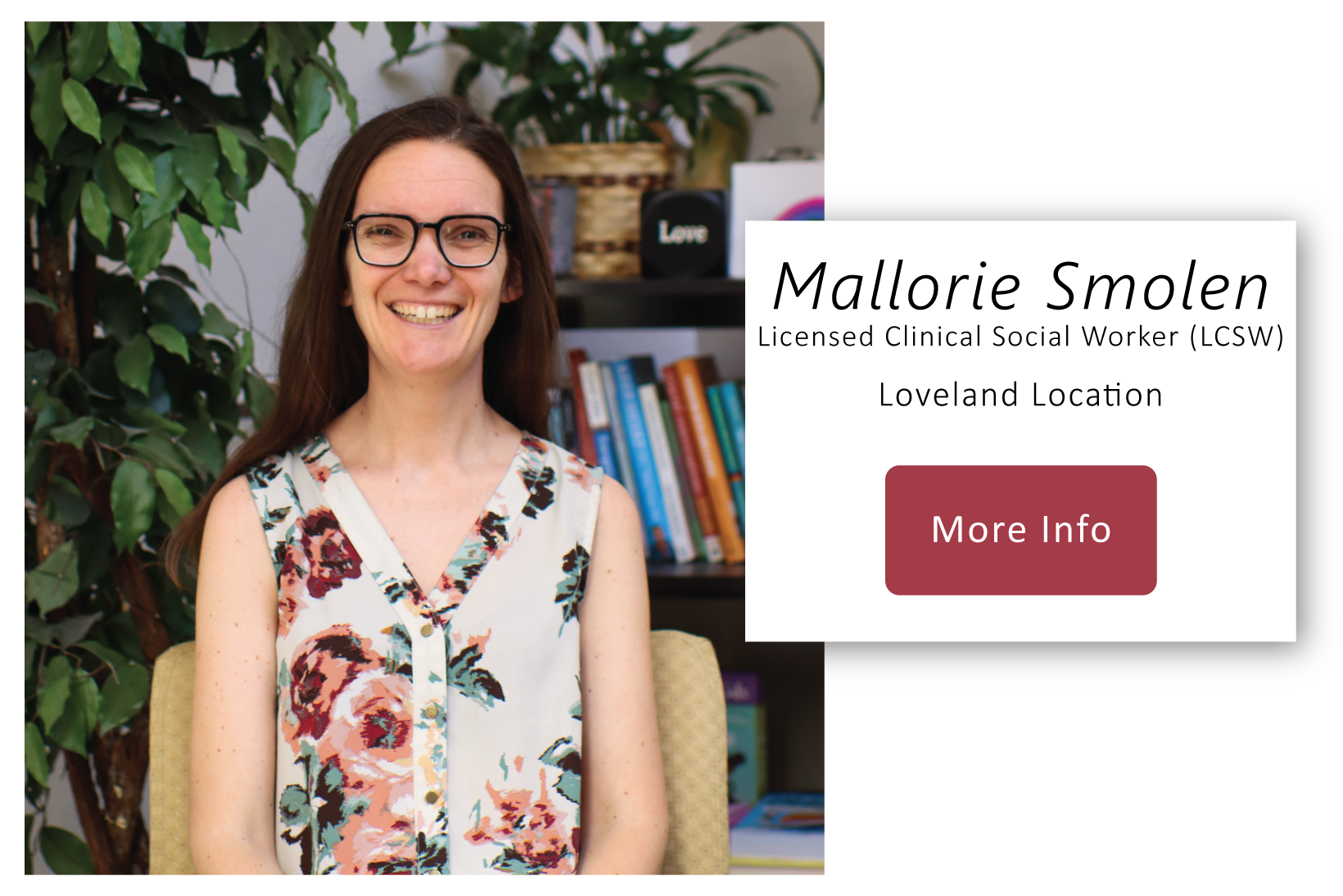What is Expressive Arts Therapy?
If you are reading this page, we imagine you are curious about what exactly expressive arts therapies are and what they might be used for. Great questions!
The field of expressive arts therapy emerged in the late 20th century as a way to help people with various mental health concerns through the use of all of their senses. Expressive arts therapies have been used to incorporate creative means into therapy to help cultivate a healing environment. The idea is that by tapping in to our creative sides, we engage various senses as well as different parts of our brain that aren’t always activated through talk therapy alone. Ultimately, activating different brain pathways in a safe, productive way can allow for corrective emotional experiences and enhanced healing. Additionally, expressive arts therapies can be an awesome alternative for individuals, particularly children, who may find it easier to express themselves through creative mediums rather than through voice and words; giving clients the opportunity to do the telling without the talking.
What are some types of Expressive Art Therapy?
- Types of expressive arts therapies include, but are not limited to:
- Drawing
- Painting
- Dance
- Sculpting
- Music
- Writing
- Sound
What mental health concerns are often treated with Expressive Art Therapy?
- Expressive art therapies can be helpful for a wide range of mental health concerns. Some of the most common include:
- Anxiety
- Stress
- Depression
- Trauma
- Attention disorders
- Eating disorders
- Bereavement
- Addictions
- Interpersonal relationship concerns



